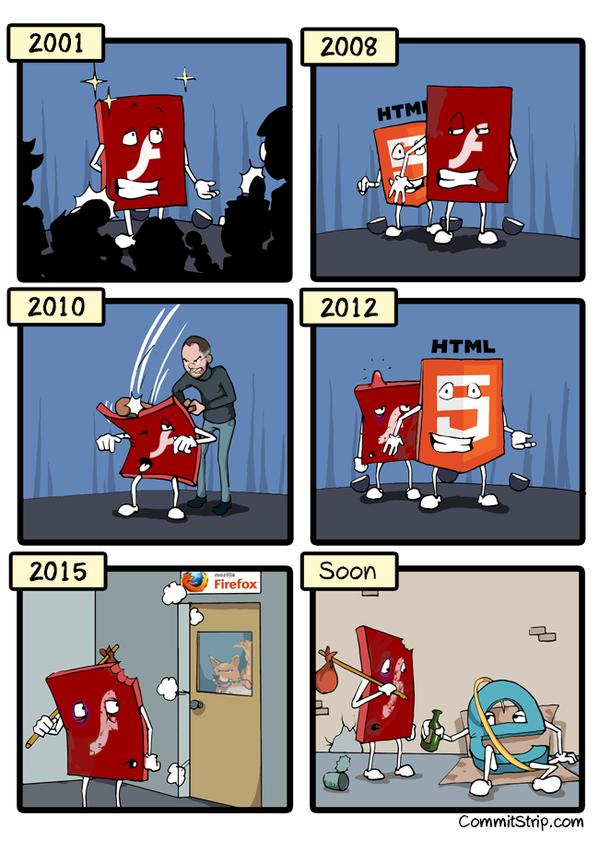- Enable Adobe Flash Safari 14
- Enable Adobe Flash Player Settings
- Enable Adobe Flash In Safari Catalina
- Adobe Flash Player Update Safari
After downloading the most recent adobe flash player, I now have plug-ins option in settings under the website area. It is odd that it would not work in Safari until downloading adobe flash for it. Mint worked fine in Chrome on my Mac for that website under the graphs. Activate Flash Player in Safari: Starting with Safari 14, the browser no longer supports Flash content of any kind. Here's how to activate Flash on older versions of the browser: Open Safari, click the Safari menu at the top, and select Preferences. Go to the Websites tab. Tick the Adobe Flash Player box on the left under Plug-ins. If you are viewing Safari in full-screen mode, mouse over the top of the browser screen to see the menu. Click the Security tab. Ensure that Enable JavaScript and Allow Plug-ins are selected. Open Preferences from the Safari menu Open the Websites tab in Preferences Scroll down to the Plug-ins section on the left-hand side of the preferences panel Check the box to enable Adobe Flash Player.
This applies only for Kronos after
With the new version of Kronos, we are able to use Safari again on the Macs. When visiting the site, you might be asked to download or 'Get' Adobe Flash Player. You should already have the player installed and this is how to enable it for the Kronos site.

Enable Adobe Flash Safari 14

Follow these steps to enable Flash Player
- Launch Safari and goto the new Kronos website. https://kronos.rit.edu
- You are presented with this window
- To fix this, click on 'Safari' and then choose 'Preferences'
- Now click on 'Websites'
- On the left hand side, look for the 'Plug-ins' section and click on 'Adobe Flash Player'
- Now, on the right hand side under 'Currently Open Websites' find kronos.ad.rit.edu
- Click on the 'Off' drop down menu and choose 'On'
- Close the window
- Refresh the Kronos web page. It should now load correctly
- If you have problems, please submit a HelpDesk ticket asking for assistance at https://cad-helpdesk.rit.edu
Google and Mozilla have recently begun disabling Flash by default in their Chrome and Firefox browsers. The admin area of your site still requires Flash, and so it must be re-enabled if you want to use either of these browsers.
Internet Explorer will work out of the box, and requires no additional configuration changes. If you are using Windows 10, open your start menu and begin typing on the keyboard, 'Internet Explorer' to conduct a quick search that will reveal the shortcut.
If Flash is not enabled in your copy of Chrome or Firefox, you'll encounter one of a couple of problems while attempting to sign in:
- Upon reaching the admin login page for your site while using Chrome, you'll see a message that says Flash is not installed, with a link to go ahead and install it:
If you see the above screen while in Chrome or Firefox, Flash is likely installed but simply needs to be enabled in your browser. This document will show you how to enable Flash; if it's truly not installed, then you can proceed to download and install it before proceeding with this document. - If you're somehow able to skip the login screen (through automatic browser sign-in for example), you'll likely be brought to a blank 'Terms of Service' screen, and many areas of the site Wizard will not load correctly.
To Enable Flash for only your site in Chrome:
- If you're using Chrome version 69 or above, you will need to enable Flash each time you open your browser. To do this, click the lock icon next to the address bar:
Once the settings tab opens, choose Allow next to the Flash setting:
Enable Adobe Flash Player Settings
The below instructions are only applicable to Chrome version 68 and previous.
- Type Chrome:Settings in your Chrome address bar, or click on the three vertical dots and select Settings
- Click the Show Advanced Settings link at the bottom of the page
- Find and click the Content Settings button
- Scroll down to click Flash.
- Click Add to the right of Allow
- Copy and paste the following text into the Site field: [*.]proiwebsites.com
If you you use FlexApp, then repeat this step and copy/paste the following as well: [*.]flexapp1003.com
Note: be sure to keep the [*.] at the beginning of proiwebsites.com so that it looks just like the image below. - Save your changes by clicking Add again.
Enabling Flash in Mozilla Firefox
These instructions are current as of Firefox Ver. 56.0.1
- Type about:addons in your Firefox address bar
- Click the Plugins button on the left side of the page
- In the list of Add-ons, look for Shockwave Flash (another name for Flash Player) and check the status that appears in the dropdown menu on the far right side of the screen.
- Click the dropdown menu and select Always Activate.
Enable Adobe Flash In Safari Catalina
Enabling Flash in Apple Safari
Adobe Flash Player Update Safari
- Navigate to your site admin if you're not already there
- Open Preferences from the Safari menu
- Open the Websites tab in Preferences
- Scroll down to the Plug-ins section on the left-hand side of the preferences panel
- Check the box to enable Adobe Flash Player
- In the section on the right-hand side, you should see [yoursite].pipelineroiwebsites.com in the list
- Change the drop-down so that it's set to 'On.'




